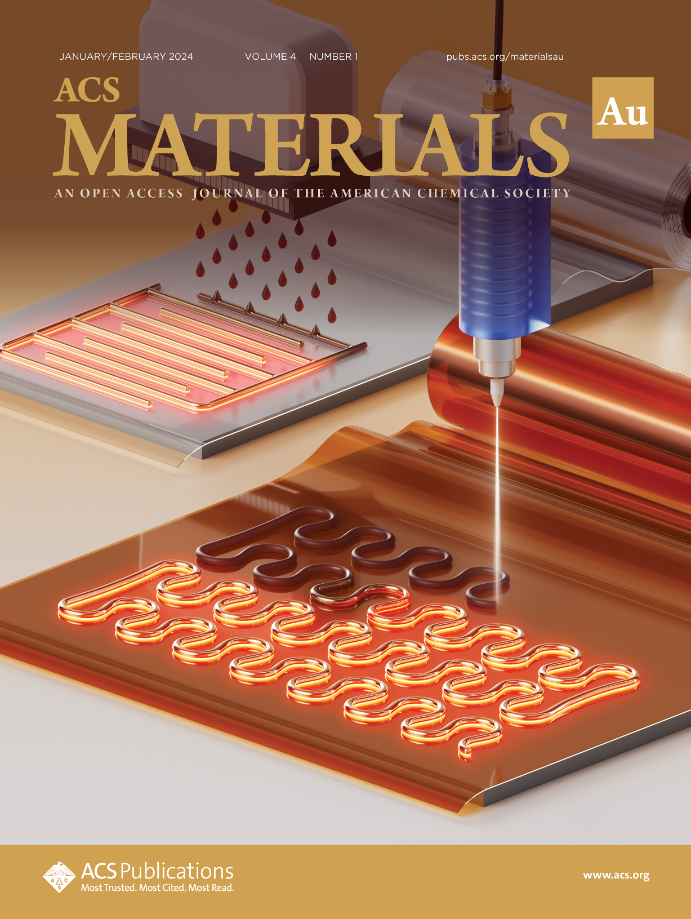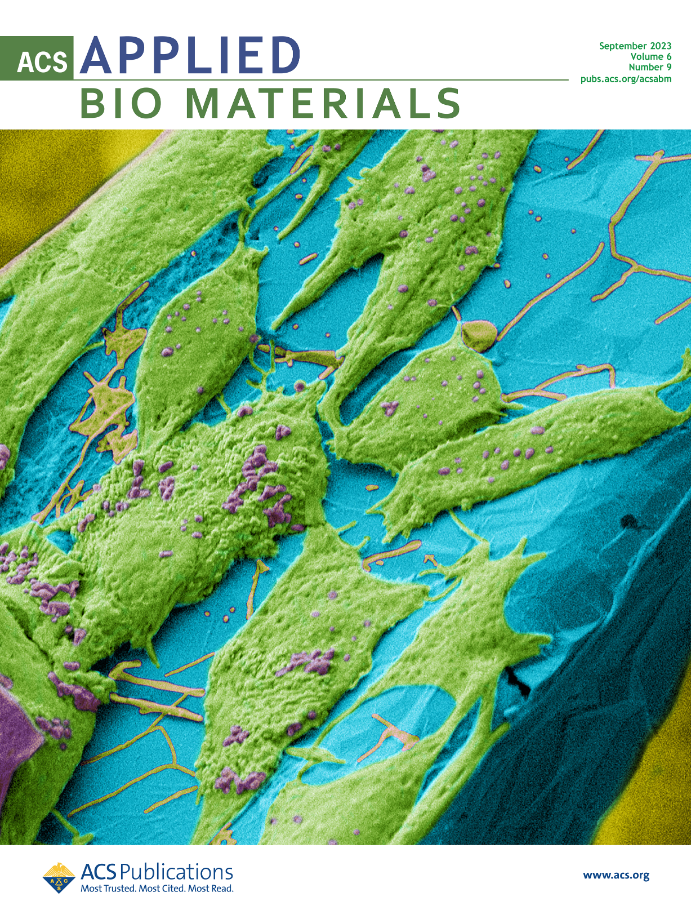Highlighted Research Contributions
ANML, the Advanced Nanomaterials and Manufacturing Laboratory at Boise State University, takes pride in sharing its publications, each representing a milestone in cutting-edge research and innovation.
Our interdisciplinary team of researchers and collaborators has contributed to leading journals and conferences across various fields, showcasing our commitment to advancing knowledge and addressing real-world challenges.
Recent Publications
-
Sunday Aug 31st, 2025
Direct writing of PVBVA/Ti<sub>3</sub>C<sub>2</sub> T<sub>x</sub> (MXene) triboelectric nanogenerators for energy harvesting and sensing applications
-
Tuesday May 27th, 2025
StableTi<sub>3</sub>C<sub>2</sub>T<sub>x</sub> MXene Ink Formulation and High-Resolution Aerosol Jet Printing for High-Performance MXene Supercapacitors
-
Monday May 19th, 2025
Direct Scaffold-Coupled Electrical Stimulation of Chondrogenic Progenitor Cells through Graphene Foam Bioscaffolds to Control the Mechanical Properties of Graphene Foam-Cell Composites
-
Monday May 5th, 2025
Electroless Plating of Copper on Laser-Induced Graphene for Flexible Hybrid Electronic Applications
-
Thursday Oct 17th, 2024
Nozzle-Free Printing of CNT Electronics Using Laser-Generated Focused Ultrasound
Publications Archive
Looking for our older publications? Visit our Publications Archive to view documents spanning from 2008-2022.


